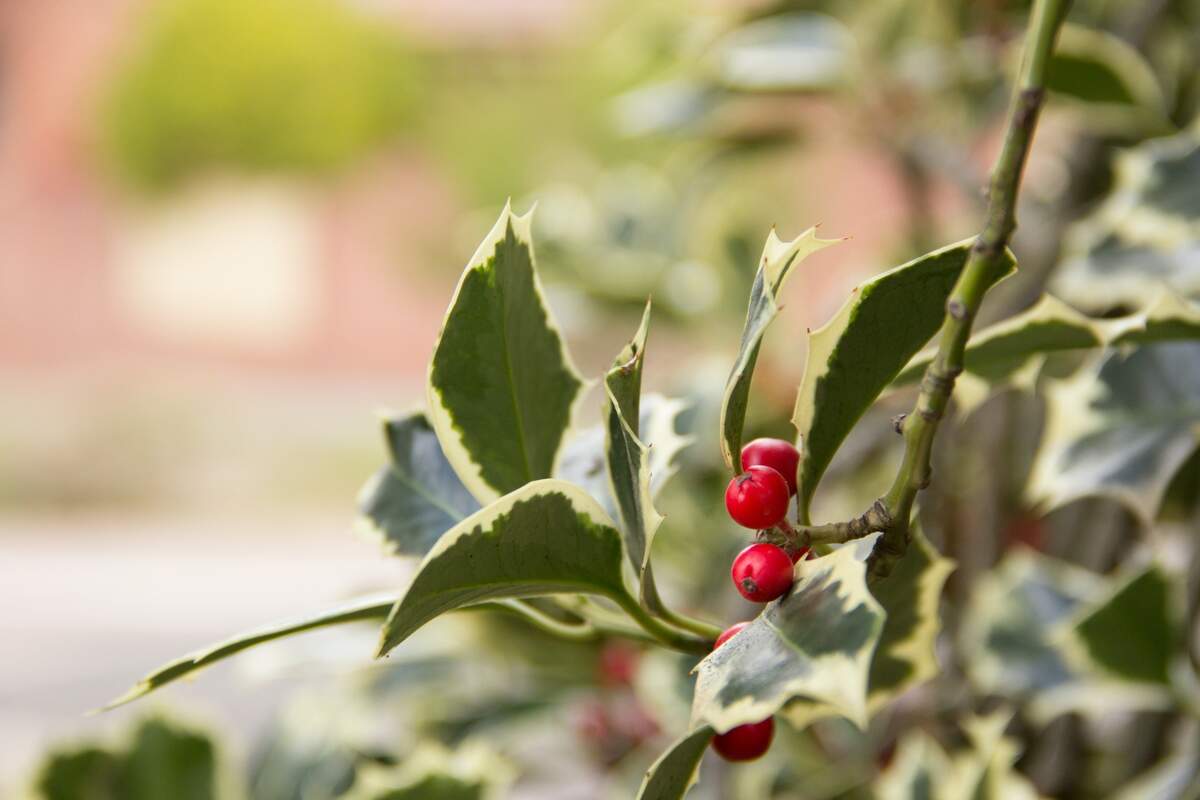

Holly Day
Today celebrates holly, the evergreen plant long associated with Christmas, and used in wreaths, boughs, and other trimmings. Before being connected to Christmas, it had many other associations, and has been used as a winter decoration since ancient times. Holly was identified with winter solstice festivals, which celebrated the lengthening of days. In Norse mythology it was associated with Thor, and was grown around the home as a way to prevent lightning strikes. It was used in the Roman festival of Saturnalia, dedicated to the planet Saturn, and the god of agriculture, creation, and time. The festival celebrated the darkest time of the year, but also the movement towards a time of sunshine and Spring. In ancient Gaul, Celtic people wore holly sprigs and wreaths as a way to ward off evil spirits. Holly historically represented new growth and eternal life, freshened the air, reminded people of the coming of Spring, and was believed to have magical properties.
When Christianity came into Europe, the two main countries to embrace the continued use of greenery such as holly as decorations were the United Kingdom and Germany. Holly came to have a Christian meaning as well—the prickly leaves came to represent the crown of thorns that Jesus wore while he was crucified, and the berries represented the drops of blood that the thorns caused.
Holly Day was created by Jace-Shoemaker Galloway. Although the day is dedicated to the evergreen plant since Christmas is less than a week away, Galloway said the day represents all things Holly, including Holly, Michigan, Buddy Holly, and women named Holly.
How to Observe Holly Day
Decorate your home with holly. Make boughs that include holly, or a holly wreath. Why you are decorating, why not listen or sing the popular Christmas carol, "Deck the Halls?"





















